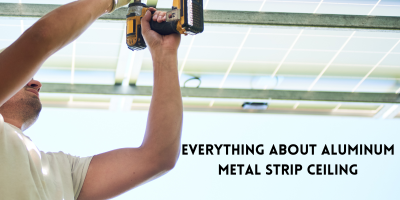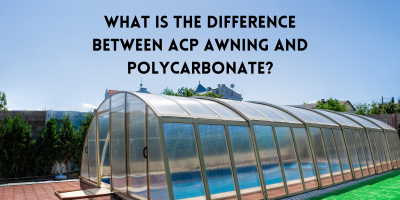Discover quality rubber stamps in Singapore with AE Stamp. From traditional to custom designs, AE Stamp offers a diverse range of stamping solutions to meet your business or personal needs. With precision and reliability, AE Stamp is your go-to destination for professional stamping solutions in Singapore.

Rubber stamps are a type of product produced from natural rubber material, which is usually obtained from the rubber tree. The process of producing rubber stamps involves harvesting liquid rubber from rubber trees and processing it to produce suitable shapes for various uses.
The original rubber is a milky white liquid obtained from the rubber tree when the trunk is cut. This liquid is then processed through several steps, including evaporation to reduce water content and chemical refinement to improve its physical and mechanical properties. This process produces a denser rubber that can be molded into various shapes, including stamps.
Rubber stamps are used in a variety of applications, including the automotive, construction, electronics, medical, and more industries. It is known for its good strength, durability, and flexibility, making it a popular choice in many applications.
Advantages and Disadvantages of Rubber Stamps
Rubber stamps are widely used products in various industries and applications. The advantages and disadvantages of rubber stamps need to be paid attention to in order to fully understand their impact.
Advantage:
- Durability: Rubber stamps are generally durable and able to withstand various weather conditions, making them an ideal choice for both outdoor and indoor use.
- Flexibility: Rubber stamps are easy to mold and can be adapted to various shapes and sizes, allowing for versatile use in a variety of applications.
- Resistant to Pollution: Its natural rubber material shows the ability to resist chemical pollution and is resistant to microbial attack, making it suitable for use in harsh environments.
- Biodegradability: Rubber stamps have good biodegradability properties, making them an environmentally friendly choice for non-permanent applications.
- Cost Effective: Rubber stamp production is generally low cost, making it more affordable than alternative materials in some circumstances.
Disadvantages:
- Fuel Use: The rubber stamp production process involves the use of fossil fuels and can have an impact on the environment through the release of greenhouse gases.
- Land Use: Rubber plantations take up vast areas of land, sometimes causing pressure on native habitats and biodiversity.
- Violence: The rubber industry has been reported to use child labor and unsanitary labor practices in some areas, raising social concerns.
- Allergies: Some people may experience an allergic reaction to rubber, causing health problems such as skin rashes and difficulty breathing.
- Dependency: Dependence on rubber as a primary source of income can bring economic risks to communities that depend on it if there are changes in the global market or substitute technology.
Evaluating the advantages and disadvantages of rubber stamps is important to promote responsible use and innovation in their production and use.
Get your personalized rubber stamp in Singapore and leave a lasting impression with AE Stamp! Explore their wide range of options and order now for seamless stamping solutions tailored to your needs.








